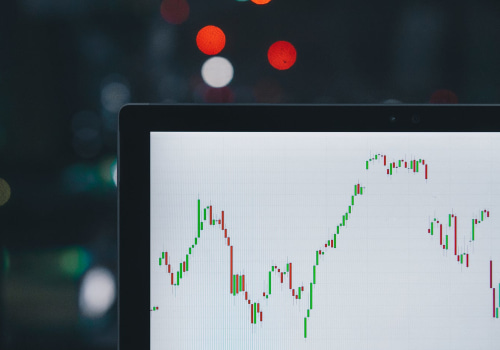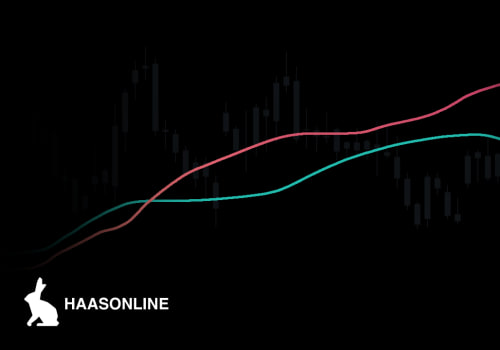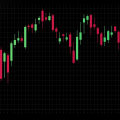Are you interested in learning how to build a trading system from scratch? If so, you've come to the right place! In this article, we'll provide you with a comprehensive guide that will walk you through the process of constructing a profitable trading system from the ground up. We'll discuss the different elements that go into making a profitable system, such as risk management, position sizing, and order execution, as well as how to identify potential opportunities and manage losses. We'll also provide you with examples of successful trading systems and strategies so that you can start building your own. Whether you're just starting out or already have some experience trading, this article will give you the tools to create a trading system that can help you achieve your goals. So let's get started building a trading system from scratch!The Basics of Trading Systems.
Before you can build a trading system from scratch, you need to understand the basics of trading systems. This includes understanding how different markets work, what types of strategies are available, and how to create and backtest your own strategies. Additionally, it’s important to understand the risks associated with different types of trading systems.
Creating and Testing a Trading System
.After you have a basic understanding of trading systems, you can begin to create and test your own. To do this, you’ll need to choose a market and strategy that fits your goals and risk tolerance. You’ll also need to determine entry and exit points, set up backtesting parameters, and develop a strategy for managing risks. Once your trading system is set up, you can test it in real-time or in simulation mode to see how it performs.
Developing Best Practices. Finally, it’s important to develop best practices for successful trading. This includes understanding the importance of risk management, developing strategies for minimizing losses, and using the right tools and resources for tracking your performance. Additionally, it’s important to stay up-to-date on market news and trends so that you can adjust your trading system accordingly.
By following these steps and taking the time to understand the basics of trading systems, you can create a successful trading system that meets your goals and risk tolerance.
Understanding the Basics of Trading Systems
Creating a trading system from scratch can be a daunting task, but it is important to understand the basics before you begin. A trading system is a set of rules that dictates how you will enter and exit trades in the financial markets. It is important to understand the markets, the strategies you will use, and the risks involved in order to build a successful trading system. The markets are the underlying assets that you are trading. These can include stocks, indices, currencies, commodities, and more.Each market has its own characteristics and understanding them is essential for successful trading. Strategies refer to the rules and processes you use to enter and exit trades. These can range from technical analysis such as chart patterns and indicators, to fundamental analysis such as company earnings and economic data. It is important to understand the strategies you will use in order to build a successful trading system. Risk management is also an important part of building a trading system. Risk management involves setting entry and exit points for your trades, as well as setting stop-losses and profit targets.
By properly managing your risk, you can increase your chances of success when trading. By understanding the basics of trading systems, you can begin building your own successful system from scratch. It is important to do your research, test your system, and adhere to best practices in order to maximize your chances of success.
Best Practices for Successful Trading
Successful trading requires more than just a good system – it requires following best practices in order to maximize profitability and minimize losses. Understanding risk management, minimizing losses, using the right tools, and staying up-to-date on market news/trends are all essential components of successful trading. Risk management is an essential part of any successful trading system.It is important to understand the risk/reward ratio of each trade and to set realistic goals. Establishing stop-losses and taking profits at predetermined points can help minimize losses and maximize returns. Using the right tools is also key to successful trading. Having access to reliable data sources, analytics tools, and trading platforms can help traders make informed decisions about their positions.
Finally, staying up-to-date on market news and trends is essential for any trader. Keeping an eye on economic indicators, political events, and other market-moving news can help traders stay ahead of the curve and make profitable trades.
Creating and Testing a Trading System
Creating and testing a trading system is an important step in ensuring that you are making the most of your investments. When creating a trading system, you will need to choose markets and strategies, set entry/exit points, and backtest parameters. When selecting markets, it is important to consider the types of assets you are looking to trade, such as stocks, currencies, commodities, or futures. It is also important to consider the timeframe you are looking to trade in, as this will determine the type of system you need to build.Once you have chosen the markets and timeframe, you can begin to select the strategies that will form the basis of your trading system. Once you have chosen your strategies, you will then need to set entry and exit points. Entry points are the levels at which you want to open a position in the market. Exit points are the levels at which you want to close the position. It is important to consider how these points will affect your profitability when creating a trading system. You also need to consider backtesting parameters when creating a trading system.
Backtesting helps determine whether a strategy has been successful in the past and whether it is likely to be successful in the future. This involves running simulations of past market data to see how your trading system would have performed. By backtesting your system, you can ensure that it is profitable and reduces risk. Creating and testing a trading system requires careful consideration and thought. By following the steps outlined here, you can ensure that your trading system is profitable and reduces risk. Building a trading system from scratch is a challenging but rewarding process.
Understanding the basics of trading systems, creating and testing your own strategies, and following best practices for successful trading are essential steps in the process. With dedication and hard work, you can create a profitable trading system that meets your goals and risk tolerance.












Leave Reply